10 Less-Known Places in England That Will Charm You with Their Coziness and Beauty
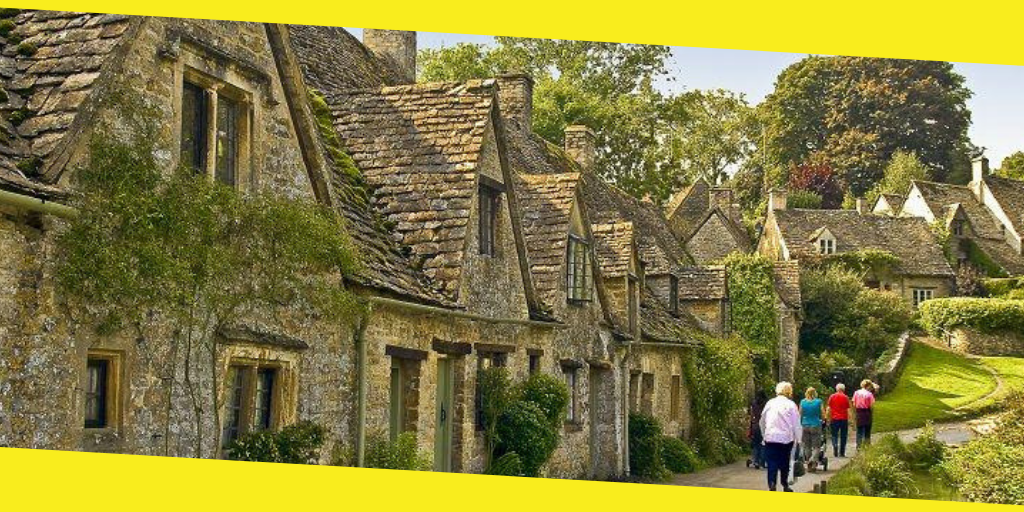
The Famous British Islands and more precisely England has much more to offer than its capital city of London. Birmingham and Liverpool get their fair share of visitors every year, but more and more curious travelers decide to go for not so famous places that simply stun with their charm and beauty.
In today’s article, we will present to you ten places that travelers from all over the world recently start to discover as relaxation gems.
Contents
Toggle1. Burton upon Trent
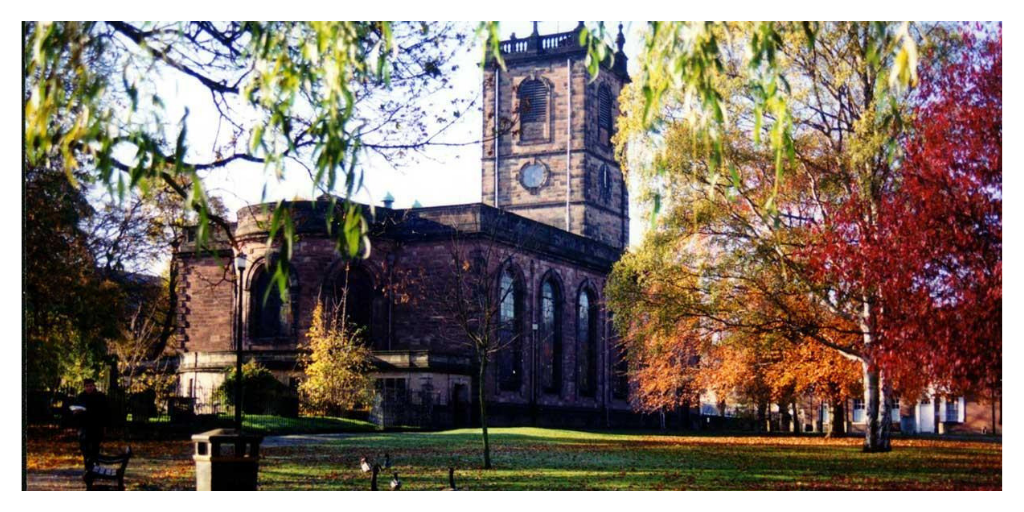
Since the eighteenth century, Burton’s presence in the navigable Trent and the growing network of canals in England helped it become one of the great beer cities in Europe. Next, to the historic and present-day beer industry, the town has also become popular among visitors who arrive for a now-famous Christmas work party in Burton. Burton’s beers were soon delivered throughout the country and also exported to the Baltic States, and with that progress this otherwise not so famous town got its name all over Europe.
The National Brewery Center is located in what was once the Bass ale brewery and offers you fascinating ideas about how beer was developed in this part of England. There are also stables with county horses, a variety famous for its “feather legs” and raised to transport beer barrels.
On the north side of the city is something you won’t find very often: a fully restored Victorian public utility. The Claymills pumping station, which once pumped wastewater with the help of four large beam pumping motors can be found there. But, what captures the mind of most visitors who arrive in Burton is a town serenity-like landscape that will simply win over your mind and let you relax like never before.
2. Stoke upon Trent
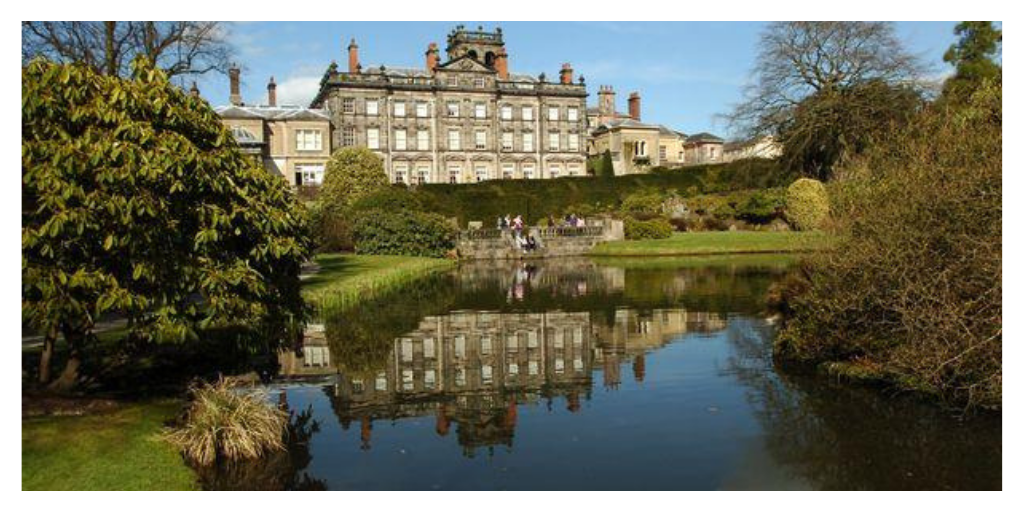
A complete contrast to Lichfield, Stoke, in the north of the county, has a sandy character, but it is no less attractive if you know what you are looking for. Stoke is a federation of six different but contiguous cities, and its claim of fame for hundreds of years has been the ceramics industry. This has faded since World War II, but brands like Royal Doulton and Wedgwood are still based here.
The Gladstone Pottery Museum in Longton is pottery that runs on coal, with bottle ovens that used to be pepper in the landscape. Go deeper into the Potteries Museum and Art Gallery, which features exquisite samples of local pottery, but also features some of the Staffordshire Hoard, the largest Anglo-Saxon metalworking hideout ever discovered.
3. Stafford
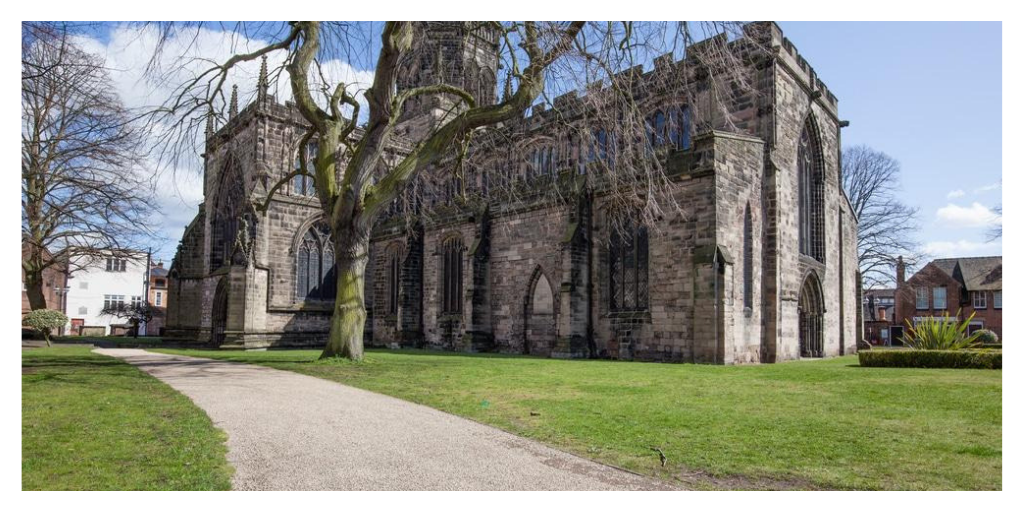
The county town is a small but attractive place full of historic buildings, an elegant country houses like Shugborough Estate and Sandon Hall minutes from downtown. On the pedestrian Greengate Street, Stafford’s main shopping street will delight your eyes in the Old High House.
This remarkable four-story cantilever house was built in 1594 and the carpenter’s marks engraved in the woods indicate that they once belonged to an even older house. King Charles stayed in this same property in 1643, shortly after the start of the Civil War. A siege took place at Stafford Castle in this war, and once it fell into the hands of parliament it was shot down.
4. Tamworth
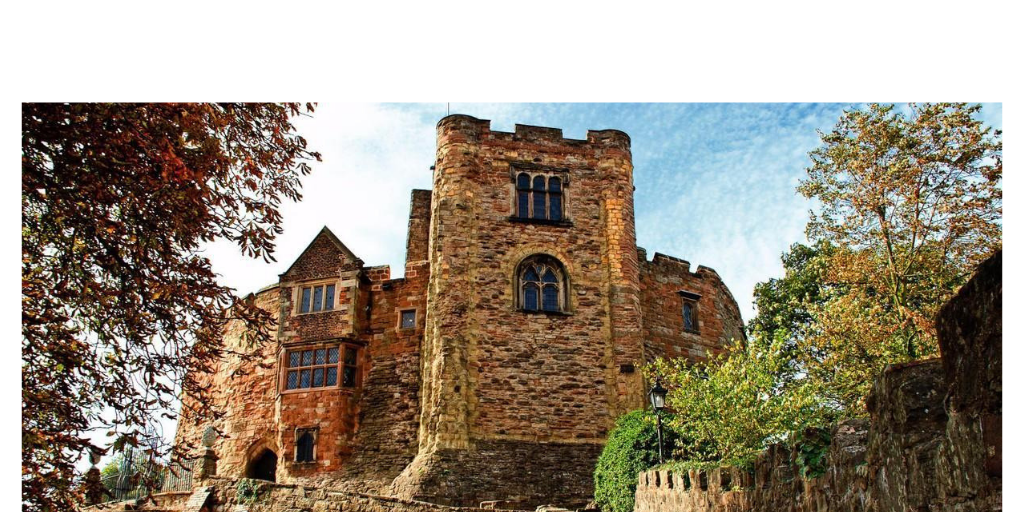
Staffordshire’s second-largest city has been around for a long time and was the capital of the Anglo-Saxon Kingdom of Mercia, which occupied almost all of central England in the eighth century. The grand Tamworth Castle rested on the junction of the Anker and Tame rivers, has been fortified by the Mercian queen Æthelflæd and then rebuilt by the Normans.
It is now one of the most complete original motte and bailey castles in England. Tamworth’s old town is full of beautiful period properties, many of which now house independent stores.
5. Leek
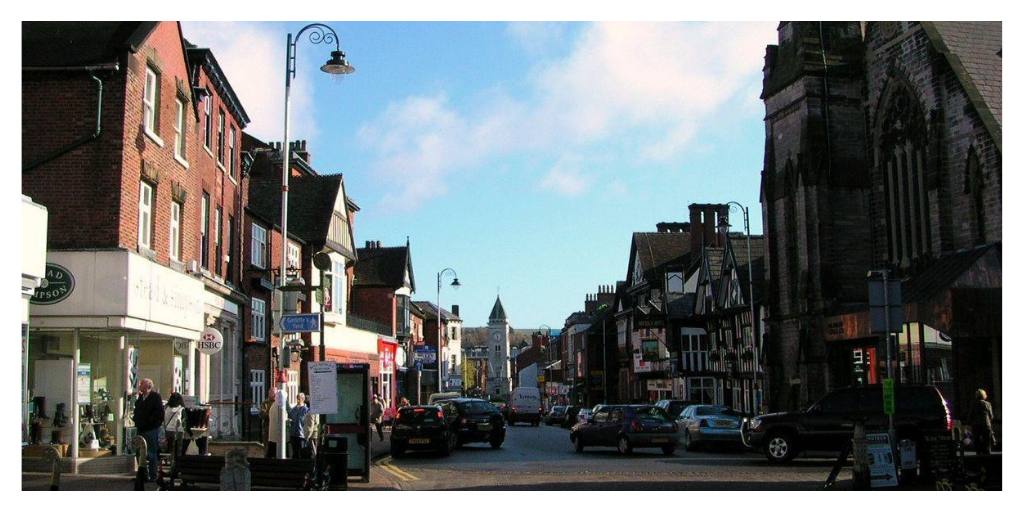
As the last city of Staffordshire before the Peak District, Leek is an ideal tourist destination for hikers and anyone attracted to the mix of greenfield and wild moors everywhere. The city itself is an old center for the silk and textile industries. These give Leek a lot of worthy Victorian and Georgian buildings, which are best seen in the Market Place, and it’s a pleasure to walk around for a while.
One of Leek’s most impressive buildings is the former Nicholson Institute, and inside there is a museum with, among other things, a variety of embroideries that earned the city’s fame in the 19th century.
For breathtaking rocky landscapes, there is a sandstone ridge over the Tittesworth Reservoir and the multiple tracks on the route of an old train line beyond limestone rock formations.
6. Peak District
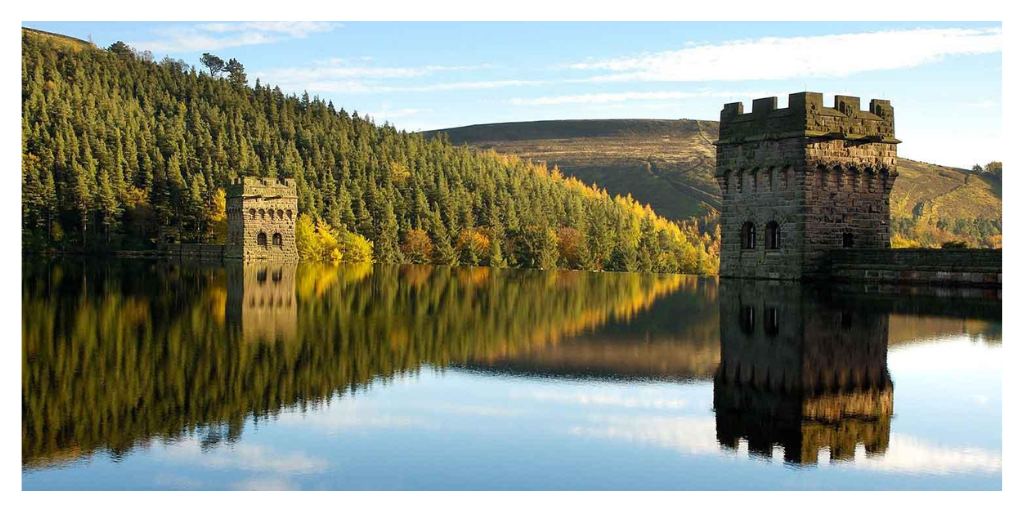
Staffordshire has the southwest corner of this National Park, and the area is known as Staffordshire Moorlands. There are a lot of individual beauties to visit and an inexhaustible selection of trails, horseshoe paths and bike paths that cross the moors.
Rudyard Lake is a beautiful 18th-century water reservoir created to feed the Caldon Canal and give life to the surrounding area.
The Victorians turned it into a small complex, and, with its forested slopes and the miniature steam train, it remains a great attraction today. The writer Rudyard Kipling, whose parents were frequent visitors, was named after Rudyard Lake.
7. Cheadle
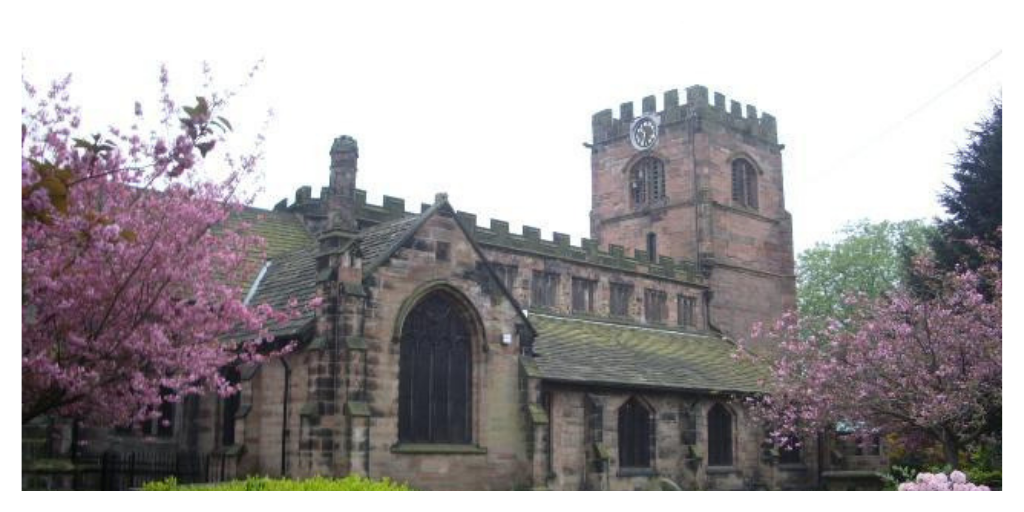
A city of the famous coal industry that was for hundreds of years, Cheadle switched to high-tech manufacturing in the 1990s, although none of this industry intrudes into the picturesque city center.
The landmark highlighted in Cheadle is the Catholic Church of St Giles, one of the definitive examples of 19th-century Gothic revival architecture.
It was designed by Augustus Pugin, who also designed the Houses of Parliament in London and took responsibility for even the smallest decorative details, which gives this building a coherence that is difficult to find anywhere else.
Being on the edge of the Peak District, Cheadle is in the best pick in this list if you are looking for a place where you can enjoy long relaxing strolls. While the old Foxfield Steam Railway also runs through the region and is a great way to experience the landscape of northeastern England.
8. Trentham
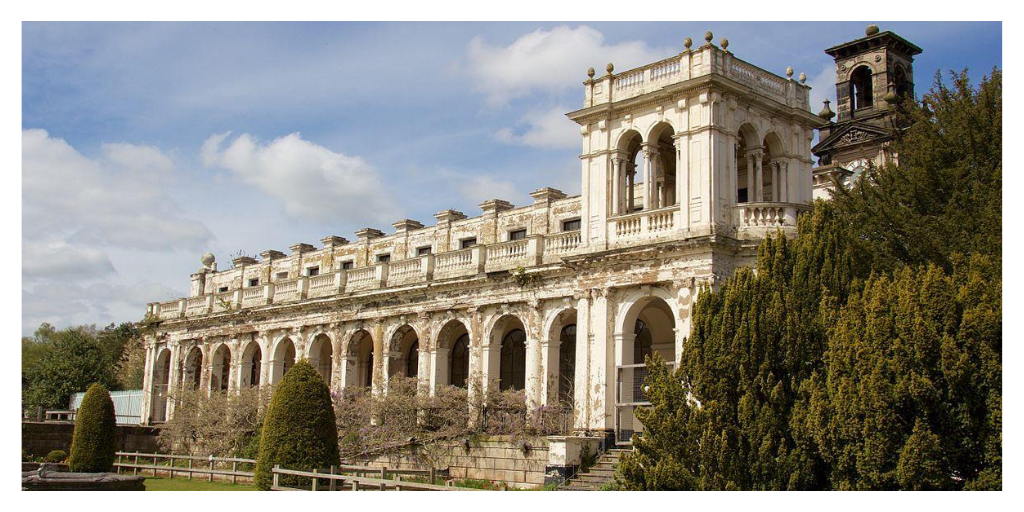
On the south side of Stoke, the town of Trentham is best known for Trentham Estate, which was dominated by a magnificent hall until the 20th century when it was torn down.
The hall clock tower, the church, and the sculpture gallery survived and offered a sense of the splendor of the property.
The Italian gardens that overlook the River Trent are still here and are more than fabulous, with formal grass, stone vases, and balustrades.
Also, the great attraction here is the Trentham Monkey Forest. It is an outstanding animal attraction in which about 140 barbary macaques live in semi-freedom in the branches of the forests that more or fewer resembles the jungle that they live in.
9. Barlaston
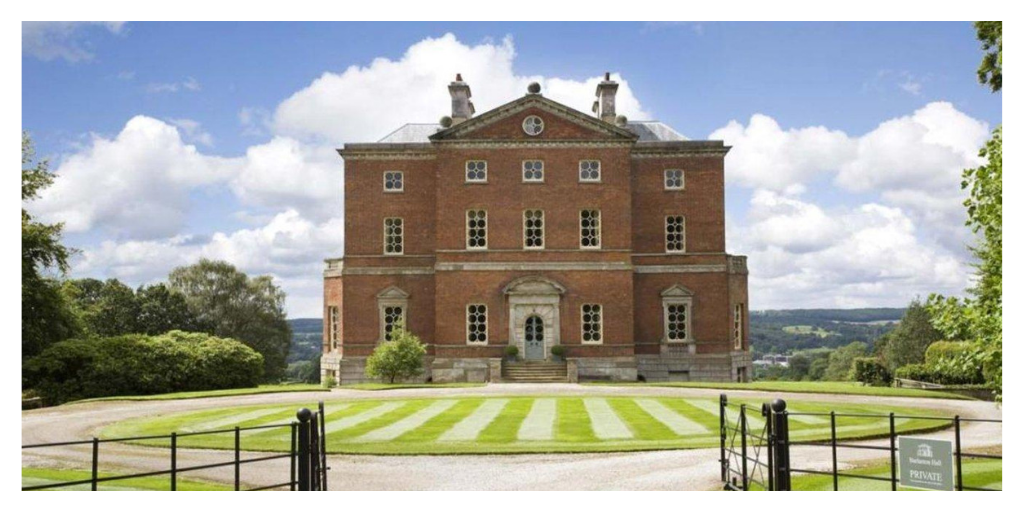
Established in 1759, Wedgwood is probably the most prestigious name in English ceramics, producing porcelain ever since the English industry was formed.
Wedgwood Estate covers almost 100 hectares and is a place where you could easily miss a day if you like decorative art.
You will be guided through the factory to see traditional skills in action and you will learn about the history of the Wedgwood family in the museum.
The Wedgwood factory store is also on the property and has discounts on the retail price, and there are tea rooms that naturally use Chinese Wedgwood.
A short tour of the road and you will arrive at the Barlaston Golf Club, on the banks of the Trento that is qualified as one of the best courses in the county.
10. Alton
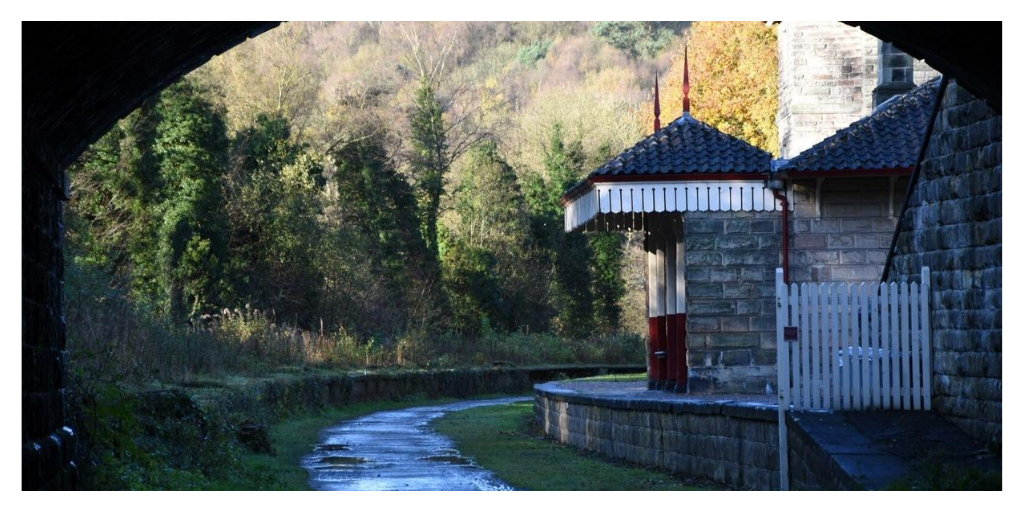
In the mountainous north of Staffordshire, this ancient village of sandstone houses on some steep streets reveals some signs of the gigantic attraction just around the corner.
Alton Towers are on the ground of the former house of the Earls of Shrewsbury and also occupies the site of the old copper factories of Alton.
Usually, it would be placed in the top ten theme parks in Europe, if not for a well-documented accident in 2015. If that doesn’t discourage you, you can make the most of the shortest lines for a variety of attractions, roller coasters, theme shows, and an indoor water park, at least for the next few years!
In Conclusion
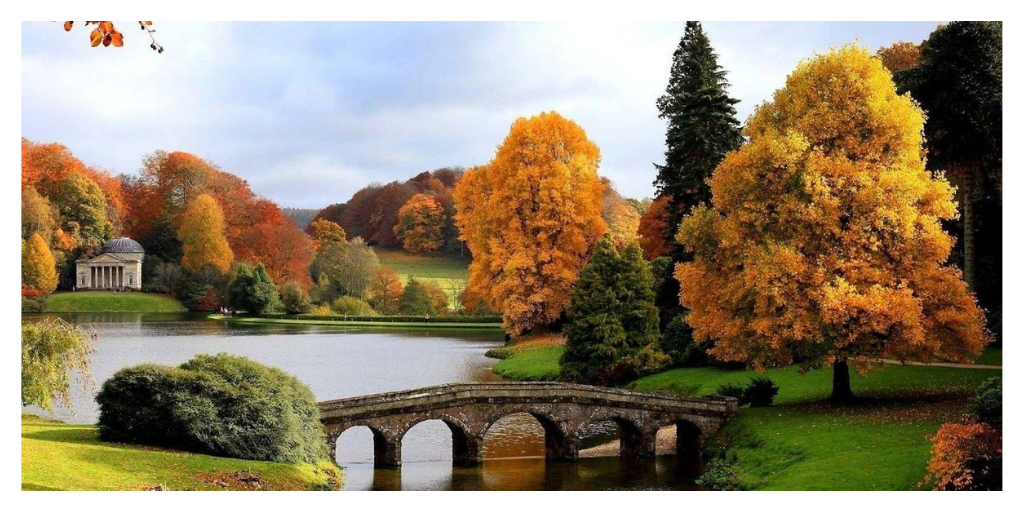
England is a fascinating place full of magnificent towns and villages that just await to be explored. These ten places mentioned above are perfect spots to be discovered for anyone looking for relaxation and discovering a bit different sites. Some of these places are still the beating heart of Industrial England and exploring the way of life of its residents might tell you more about the English way of life then all the famous pubs in London.
Be prepared to fall in love with the charm of the English countryside and live with its breathless surroundings in your mind forever.
You may like this
Recommended For You
8 Incredible Places to Visit in Malaysia
Most Inside
Most Inside offers high-quality recommendations and valuable updates to enhance all aspects of your life, providing premium guidance and enriching experiences.




